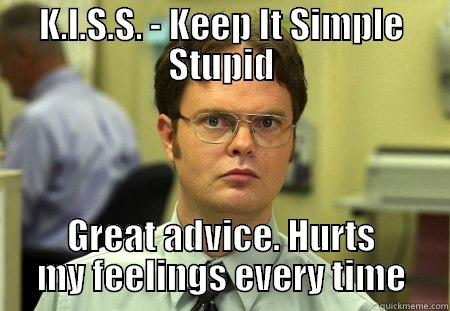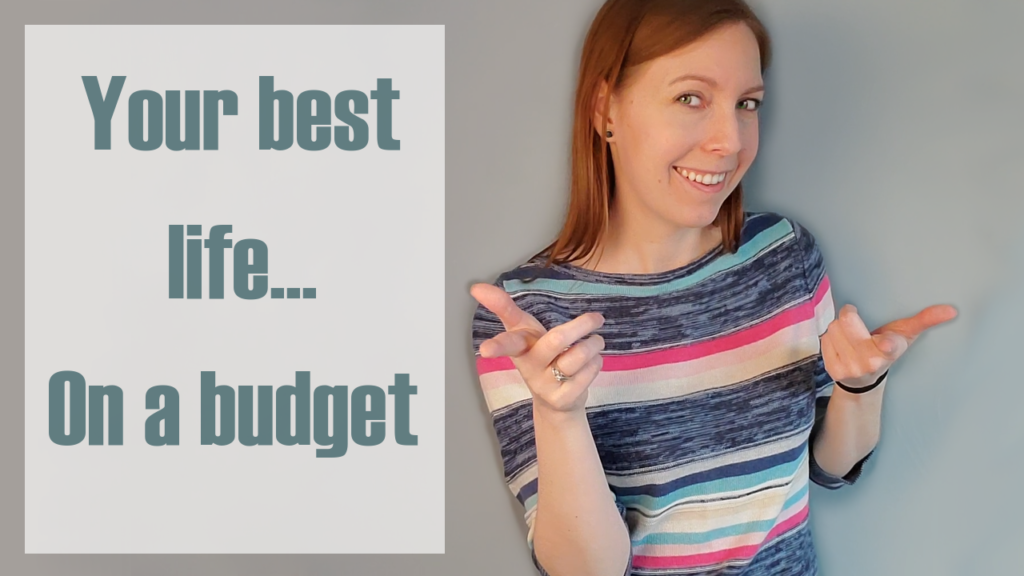I wrote this post for a YouTube collaboration hosted by Rochelle at Healthy Budget Travel Love YT. I was so excited when she invited to me to participate for two reasons:
- This is the first collab that I’ve participated in.
- I love the topic of finding happiness while managing money. A lot of people associate budgeting with dread but I believe that to be successful with budgeting, you have to find ways to save money that you enjoy so that it can be sustainable and you can do it for the long run.
While I did come up with these tips considering the specific impacts of the Coronavirus, ultimately these tips would be helpful in any kind of financial hardship.
If you prefer video content you can view it here:
Here are my 4 tips for pandemic budgeting:
Tip 1-Keep it simple

Especially if you don’t have a lot of time right now between working, taking care of kids, and dozens of Zoom calls, you may want to consider simplifying your money management plan.
I would recommend doing a monthly budget on paper or a spreadsheet. If you aren’t already familiar with aggregators like Mint, Every Dollar and YNAB, I wouldn’t recommend taking the time involved to learn them right now.
I like to use Google Sheets and/or Microsoft Excel and I’ve done budgets that are about 10 rows long and only took about 10 minutes to come up with.
It is always important to keep an eye on your finances and track spending but there have been times where I have significantly pared down the amount of time I spent on management by doing less frequent net worth updates, budgets and tasks.
Tip 2-Focus on free
What if I asked you to come up with 3 things that you love to do that cost more than $10 and then asked you to never do them again? It wouldn’t feel very good would it?
My tip for you is instead of trying to cut things you already love, try coming up with new things you can do for free and start incorporating those into your schedule. This way, you will naturally have a little less time for those more expensive hobbies but don’t have to feel like you are depriving yourself.
The accountant in me has to say, very few things are truly free. For example, yes it doesn’t cost me anything to hike up the side of a mountain, but I do have to pay a few dollars in vehicle gas and maintenance to drive to the trailhead. I just threw out $10 there since that is close enough for me.
Prompt: What 1 thing could you do this week that is free or inexpensive?
Tip 3-Swap, don’t cut
I borrowed this idea from the health industry. One common hack is healthy swapping.
My favorite is swapping Greek yogurt instead of sour cream. Yogurt is healthier since it has fewer calories and more protein and I’ve come to like it as much as sour cream. Whether it’s tacos, baked potatoes, or dip I swap it for just about everything.
You can do this with your money too.
Instead of trying to eliminate purchases, try swapping them with cheaper alternatives. Love Oreos? Try the off-brand Twist and Shouts or Tuxedos instead! I dislike the mouth feel that the Oreo film leaves behind so I much prefer these.
Try to stick it out. It takes a little while for tastes to adjust. The first time I had Nutella I didn’t like it. After a few times of having no other sugary treats in the house, I learned to love Nutella and now I can’t stop eating it when we have it.
A popular swap is Meatless Mondays. Meat tends to be more expensive on a per pound basis than veggies so having more meatless meals can save quite a bit of money.
Tip 4-Be realistic
You would think as a personal finance coach that I spend all my time telling people to be more aggressive cutting spending for restaurants, entertainment, electronics and other fun spending. But I actually spend quite a bit of time trying to convince people to increase their budgeted spending in these categories.
Most people are so well-intentioned and ambitious. You want to get big results faster; you want to pay off debt and save an emergency fund…like yesterday. But it is just unrealistic to expect yourself to go from spending $400 per month on restaurants to spending $0, for example.
If you set an unrealistically low budget you are setting yourself up for failure. If the budget is too aggressive you are more likely to break the budget, get discouraged, and then entirely give up on your budget for that month (been there!). I’d rather take a little longer to get to my goal then get discouraged and give up entirely.
Yo-Yo-Yo
One of the serious consequences of going too extreme is Yo-Yo spending. This is another concept that I stole from the health sector. If you aren’t familiar with Yo-Yo dieting, it is where you aggressively cut calories for an extended period of time and then end up binge eating afterward. People don’t realize how emotionally draining deprivation is.
I noticed the same thing happening in my finances. If I try to go too hard for too long, I end up going on a shopping spree; buying loads of things I wouldn’t have otherwise purchased. It is emotionally taxing to try to be in a constant state of bare bones spending.
It is difficult to find a balance between cutting back and having it be realistic. But you need both of those things.
Unless your finances are in a dire state, work your expenses down over time. If you have been spending $400, try setting your next budget at $350 or $300.
Be patient with yourself. Be kind to yourself. Trust me, you will be happier along the journey if you aren’t constantly beating yourself up for not achieving unrealistic goals.
In Summary…
Hopefully these tips help you enjoy budgeting more so that you can develop more frugal habits that will serve you long term!
If you are interested, like me, in checking out the other YouTubers in the collaboration (which I highly recommend!) to see their unique take on the subject:
HealthyBudgetTravelLoveYT
Lifestyle With Chev
Lushawnz Lifestyle
The Organized Millennial
The Long Run
Her Courage to Plan
***Videos will be released between 5/15 and 5/22.
I hope you are staying healthy and happy out there!
For Discussion:
What one fun thing could you do this weekend for free?
Which was the most helpful tip?
Tip 1-Keep it simple
Tip 2-Focus on free
Tip 3-Swap don’t cut
Tip 4-Be realistic


